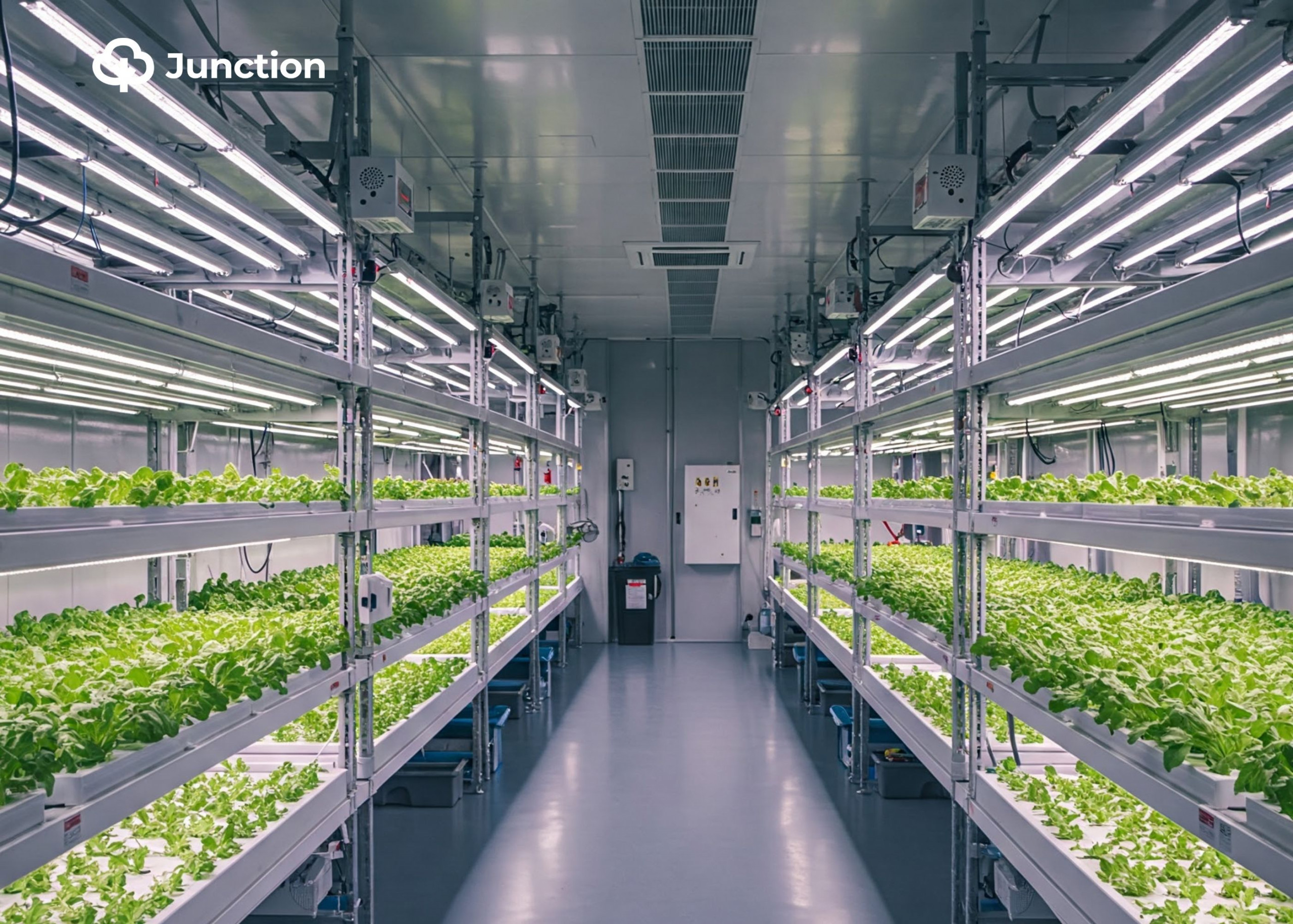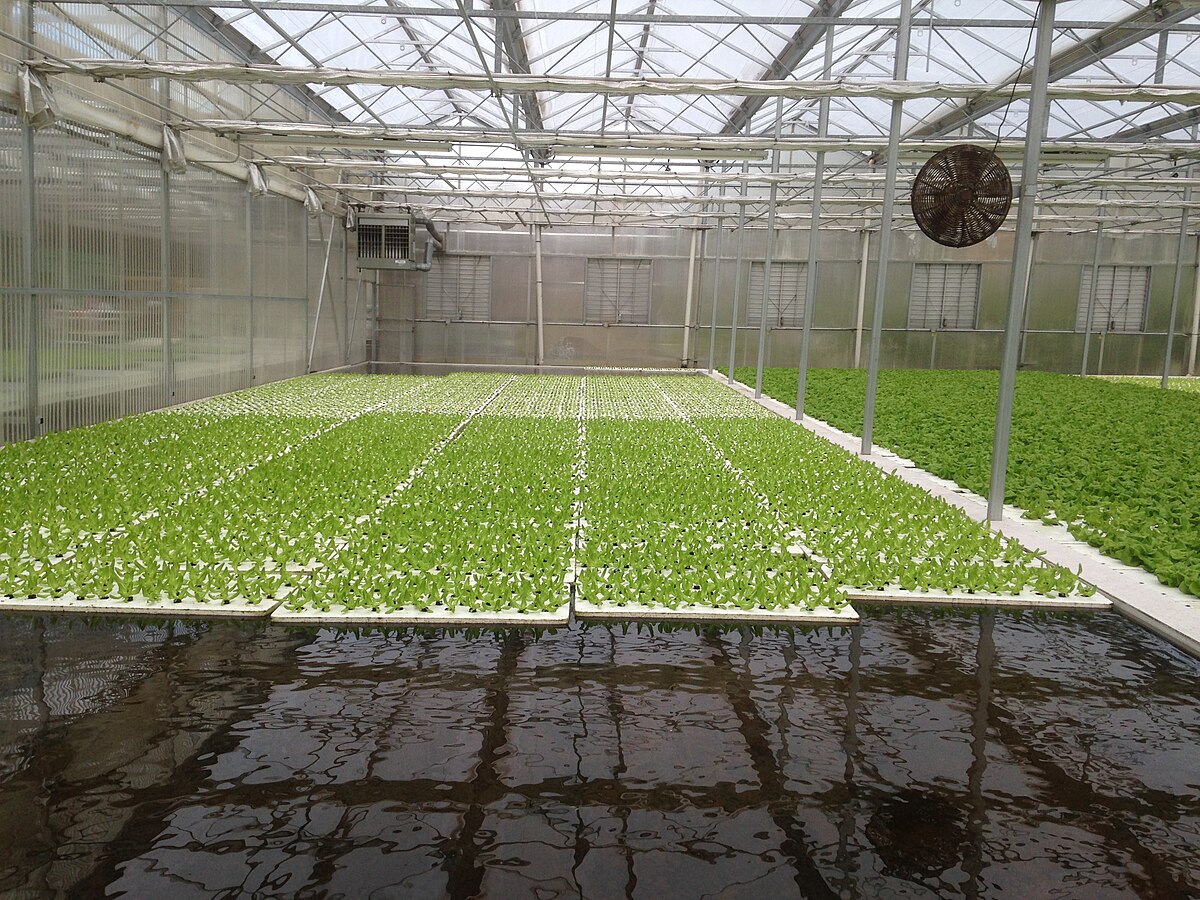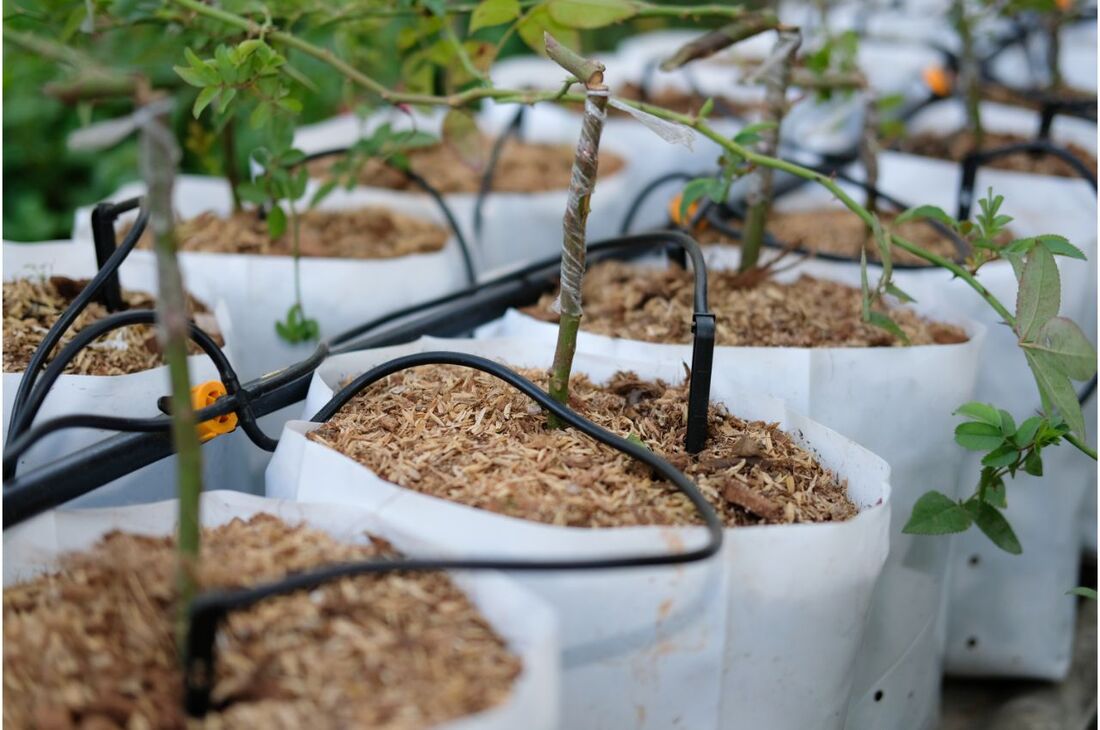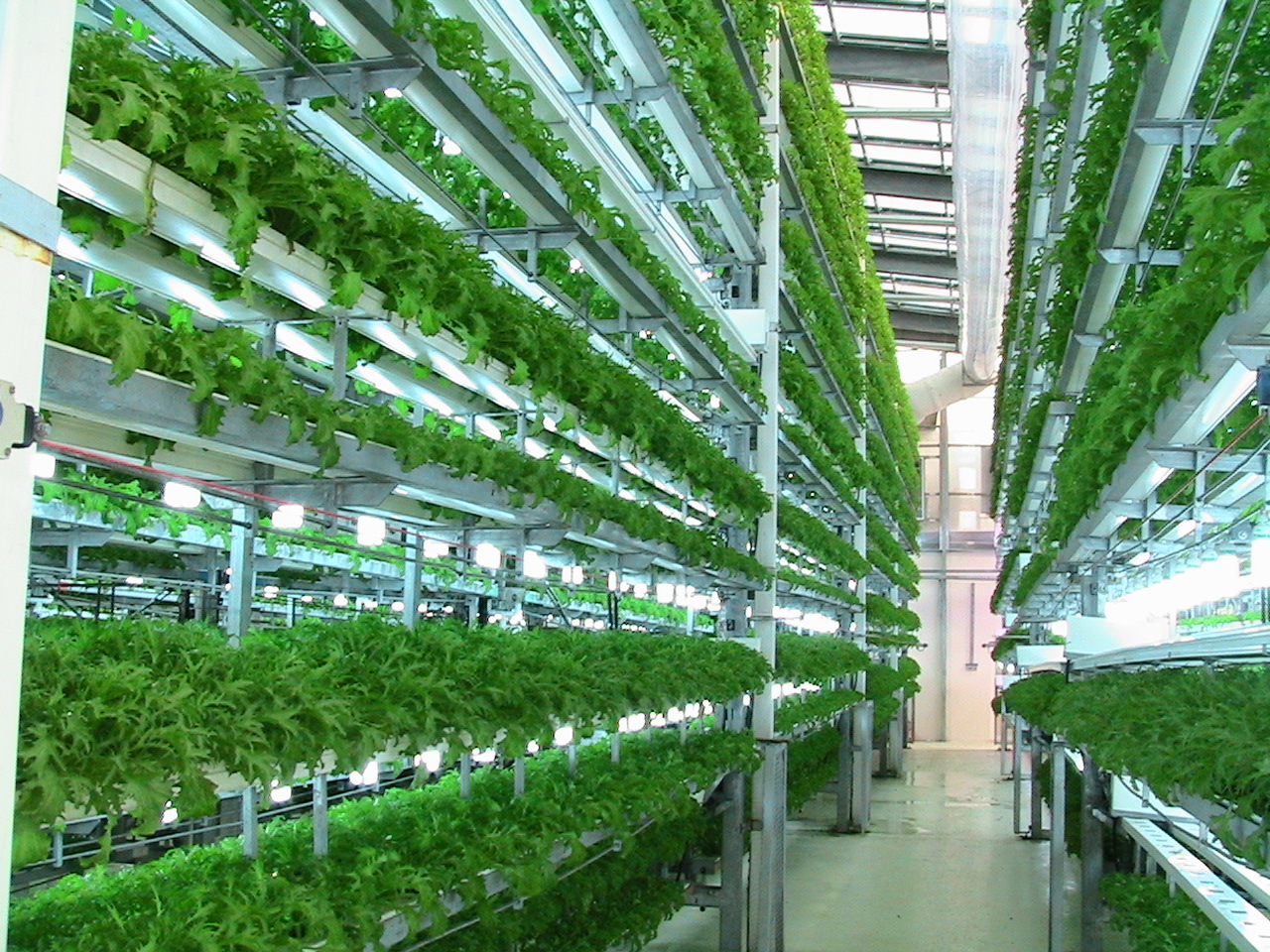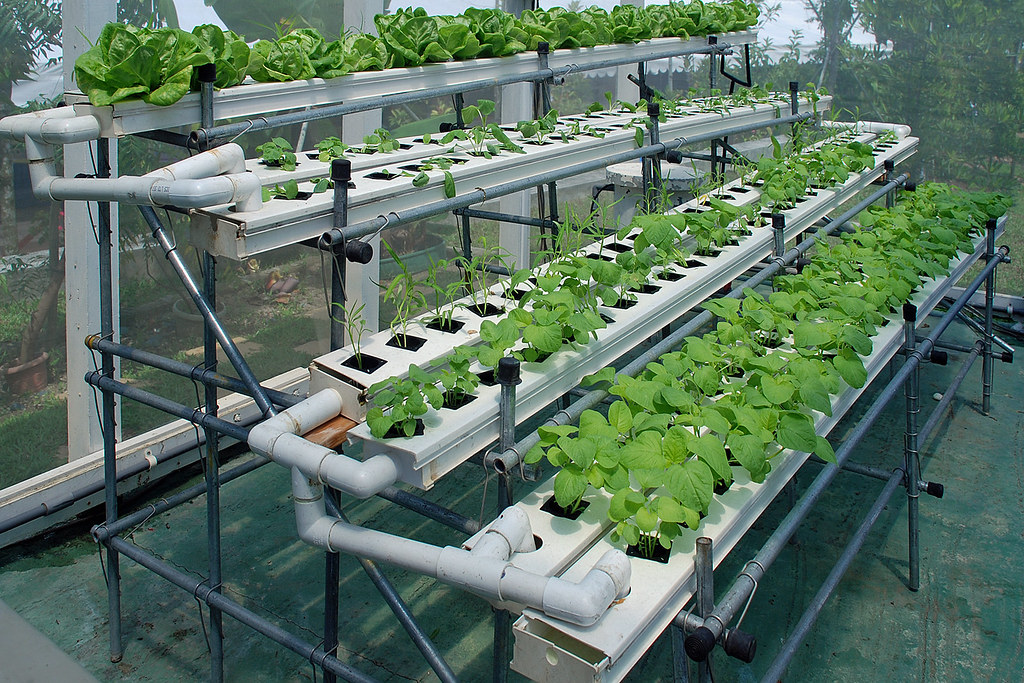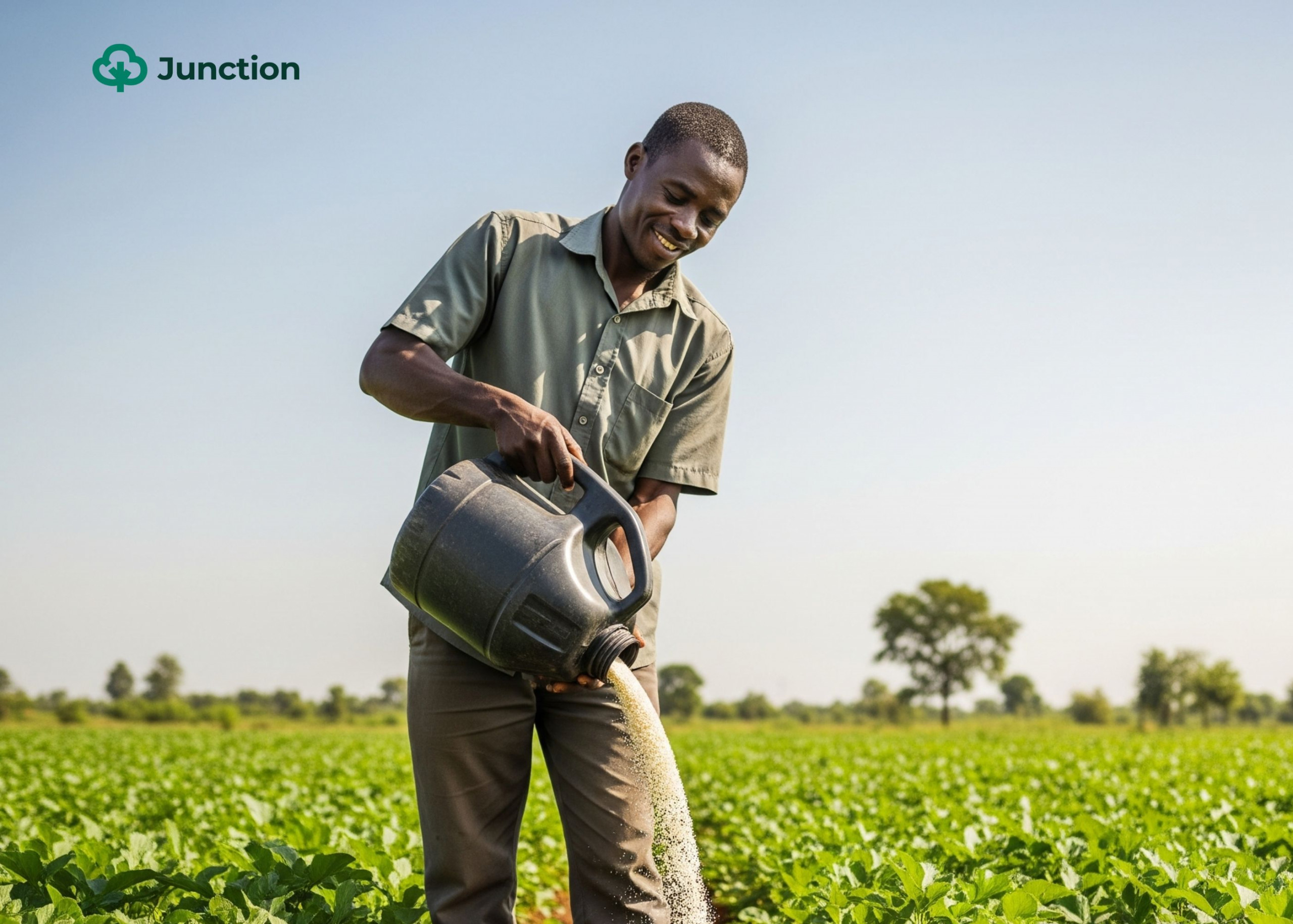The growing concern over food security in Nigeria has led the agriculture stakeholders to explore various ways of boosting food production, especially in the face of challenges like rapid urbanisation, unpredictable weather patterns, and insecurity problems in several parts of the country.
Soilless farming is one of the solutions increasingly being explored, especially by young farmers in Nigeria. This modern method of farming offers a way to grow food without relying on soil, making it ideal for areas with limited arable land or poor soil quality. And its less need for parcels of land makes it appealing to young persons who want to explore agriculture without tilling dirt.
It often involves automation, sensors, and data-driven systems, which aligns with young people’s interest in technology, smart agriculture, and innovation. Also, it uses less water, no soil, and can reduce the need for pesticides, aligning with sustainability values important to younger generations.
With rising demand for clean, locally grown produce, soilless systems offer a scalable and potentially profitable venture, appealing to young agri-preneurs and start-up founders. These systems can be more manageable, require less manual labour, and fit better with flexible, modern lifestyles.
So, what is soilless farming?
Soilless farming is a method of growing plants without traditional soil. Instead, plants are grown using alternative mediums such as water (hydroponics), air (aeroponics), or inert substrates like coco peat or perlite.
Crops are grown in a water-based, nutrient-rich solution, allowing roots to directly absorb essential growth elements. As the name implies, it works by removing the plant’s dependency on soil for its growth nutrients in a controlled environment.
The modern approach of hydroponics advances productivity and resource management in farming. It uses 90% less water, eliminates the limitations of soil farming like limited yield, pesticide and herbicide poisoning, etc. The controlled environment also helps plants grow faster and yield more than traditional soil farming methods.
Why is soilless farming becoming popular?
Aside from the constant insecurity issues, Nigeria faces unique agricultural challenges, including poor soil fertility, land scarcity in urban areas, widespread land degradation and water scarcity in certain regions, and the impacts of climate change. Soilless farming addresses these issues head-on, making food farming more reliable and sustainable.
Unlike traditional farming, which is dependent on season, soilless farming enables year-round crop production regardless of season or soil conditions. It also leads to reduced reliance on pesticides, herbicides or other farming chemicals typical in soil farming.
One significant reason for the popular uptake of soilless farming is its adaptability to urban settings. Its use of limited land space eliminates the need for huge parcels of land, which are not available in urban areas, creating new economic opportunities, particularly for young Nigerians
In recent years, soilless farming has grown from being an interesting online concept for Nigerian youths to becoming a widely adopted venture.
Organisations like Soilless Farm Lab and BIC farms have further democratised the knowledge among thousands of interested Nigerian youths. Through training programmes, bootcamps and hands-on on-site experience for young farmers, many Nigerians have started experimenting and building these kinds of farms at different scales.
Soilless farming method and types
There are various types of soilless farming systems being adopted by farmers in Nigeria already. Each with its advantages, from being easy to set up and start, to being cost-efficient and less technical.
Factors like the scale of operation, budget, farmer’s technical expertise, and target crops will help to determine which type to adopt.
- Deep Water Culture (DWC):

Deep Water Culture involves suspending plant roots directly in a reservoir of oxygenated, nutrient-rich water. The key to this system is the constant oxygenation of the water, usually achieved with an air pump and an air stone.DWC is particularly well-suited for growing leafy greens and herbs. It is common among beginners and small-scale farmers because of its simplicity and cost-effectiveness, with a relatively lower initial set-up cost.
- Nutrient Film Technique (NFT):

In NFT systems, a shallow stream or “film” of nutrient solution continuously flows over the bare roots of plants, usually suspended in channels. This constant supply of nutrients directly to the root helps the crops grow rapidly while ensuring efficient use of resources.NFT is popular among commercial growers of leafy greens and herbs due to its efficiency and rapid growth rates suitable for constant large quantity production.Regular cleaning of pipes and pumps is required to prevent blockages in the channels..
- Drip Systems:

The Drip Systems use a timer-controlled pump to deliver nutrient solution directly to the base/root of each plant through drip emitters. They can be designed as recovery systems (recirculating excess solution) or non-recovery systems (discarding excess).Drip systems offer more control over nutrient delivery and work for various plants, including larger fruiting vegetables that need more support.A localised innovation called the Responsive Drip Technique (RDT) system, utilising Responsive Drip Irrigation (RDI) tape and designed to work without constant electricity, has also been developed, often using rice husk as a substrate.
The flexibility and control make them suitable for Nigerian farmers looking to diversify into higher-value fruiting vegetables.
- Aeroponics:

This method suspends plants in the air and periodically mists their roots with a nutrient-rich solution. Aeroponics provides excellent root oxygenation, leading to very high growth rates and efficient nutrient uptake. It is also considered the most water-efficient hydroponic system.However, aeroponic systems generally have a higher setup cost due to the need for sophisticated technology like specialised misters and enclosed growing chambers.
- Wick Systems:

This is arguably the simplest type of hydroponic system, operating passively without pumps or electricity. It uses absorbent wicks to draw nutrient solution from a reservoir up to the growing medium via capillary action.Wick systems are best for low-maintenance plants like herbs and leafy vegetables. Their independence from electricity makes them particularly attractive for small-scale hydroponics in Nigeria, especially where the power supply is unreliable.
- Ebb and Flow (Flood and Drain):

Also known as flood and drain systems, this method periodically floods a growing bed with nutrient solution before draining it back into a reservoir. This cycle ensures roots get adequate nutrients and oxygen.Ebb and flow systems are versatile and effective for many plants, including larger, water-demanding crops. They typically use a timer-controlled submersible pump.
Six disadvantages of soilless farming in Nigeria | How to manage them
While soilless farming offers a lot of benefits to farmers in Nigeria, there are challenges typical of its uptake in the country. Here is a list of those challenges and how farmers are mitigating them.
- High Initial Setup Capital
Setting up a hydroponic farm requires a substantial initial investment for equipment, materials, and infrastructure like greenhouse structures, hydroponic systems (channels, containers, pumps, plumbing), water and nutrient reservoirs, grow lights (if needed), growing medium, and testing meters.Aside from the cost of getting materials, farmers who do not have the technical know-how of setting up the system will incur extra costs paying a professional to set it up for them. These costs can be a significant barrier for many aspiring farmers.Starting small with lower-cost systems like the Wick or Deep Water Culture (DWC) systems and gradually scaling up as they gain experience and resources is the best way to go for aspiring hydroponics farmers.
Exploring locally sourced materials and equipment where possible, purchasing essential supplies in bulk, and even investigating local production options for nutrient solutions can help reduce initial and operational costs.
- Expensive and Unstable Electricity Supply
While Hydroponic systems are very resource-efficient, they often rely on an electric power supply to operate. From electric pumps for nutrient circulation, power for misting fans and artificial lighting, crucial elements of these systems are vulnerable to power outages.The cost of electricity in Nigeria is currently high, and alternative power sources like generators can significantly increase operational expenses.
Farmers should explore utilising solar power systems or hybrid energy solutions that combine grid power with generators and renewable sources for a reliable and cost-effective alternative.
Implementing energy-efficient practices such as using LED grow lights (which consume less energy) and optimising pump usage with timers can further reduce electricity consumption.
The development of localised systems like the Responsive Drip Technique (RDT) system, which works without constant electricity, is also a promising adaptation.
- Need for Technical Knowledge and Expertise
Operating a hydroponic system requires specific technical skills in areas such as nutrient management, pH control, environmental regulation, and identifying plant issues. Inadequate knowledge can lead to costly mistakes.Farmers should invest in training programs and seek mentorship from experienced hydroponic farmers or agricultural extension services to avoid this occurrence.
The knowledge of hydroponics has been highly democratised in Nigeria. Soilless Farm Labs is one of the pioneer hydroponics trainers in Nigeria, and with admission programmes like the EYiA Project, it has trained about 45000 Nigerian youths in hydroponics farming.
Online resources, workshops, and institutions like Landmark University (integrating hydroponics into their curriculum) and BIC Farms Concepts (providing training) also offer valuable knowledge and skills.
- Access to Clean and Consistent Water Supply
Although hydroponics is significantly more water-efficient than traditional farming, a reliable source of clean water is essential. While this may not be an issue in urban areas, farmers in rural areas without access to clean water may find this challenging. The cost of getting enough water for farming in urban areas may also be a source of worry for hydroponics farmers.To mitigate this, farmers should prioritise locations with good and affordable access to water sources or consider drilling boreholes. Rainwater harvesting is also a viable option. Implementing water-saving hydroponic systems like NFT and aeroponics, which use less water, is crucial. Careful monitoring of water usage and prompt repair of any leaks will also help conserve water.
- Risk of Rapid Disease Spread
Although soilless farming is not bound by the traditional farming disease and pest problems in soil farming, it is still prone to fungal and bacterial diseases of the above-ground parts of the plant, which may be enhanced by weather and humidity levels.The nature of hydroponic systems, often involving circulating water, can also facilitate the rapid spread of waterborne diseases if not properly managed.
Diseases such as botrytis, phytophthora, pythium, bacterial spot/speck, and powdery mildew can be destructive to soilless farms.
Implementing strict sanitation protocols, regular system cleaning and disinfection, using clean water sources, and selecting disease-resistant plant varieties are crucial preventative measures.
Monitoring plants closely for any signs of disease and taking prompt action to isolate and treat affected plants will help prevent widespread outbreaks.
- Weather and Wind (for structures)
Strong weather conditions like Windstorms and continuous rain, which drastically influence humidity levels, can cause disasters for greenhouse structures, especially during the rainy season.Building durable greenhouse structures designed specifically for the local tropical environment, considering factors like wind, topography, and soil nature, is essential.
Final thoughts
Soilless farming has become more than just an interesting online trend in Nigeria, it is now a sustainable and profitable solution for modern agriculture practice among youths in the country.
While challenges exist, the benefits of higher yields, space efficiency, and water conservation make it worth considering. Whether you’re an aspiring farmer, investor, or food enthusiast, soilless farming offers an opportunity to be part of the future of food production.
